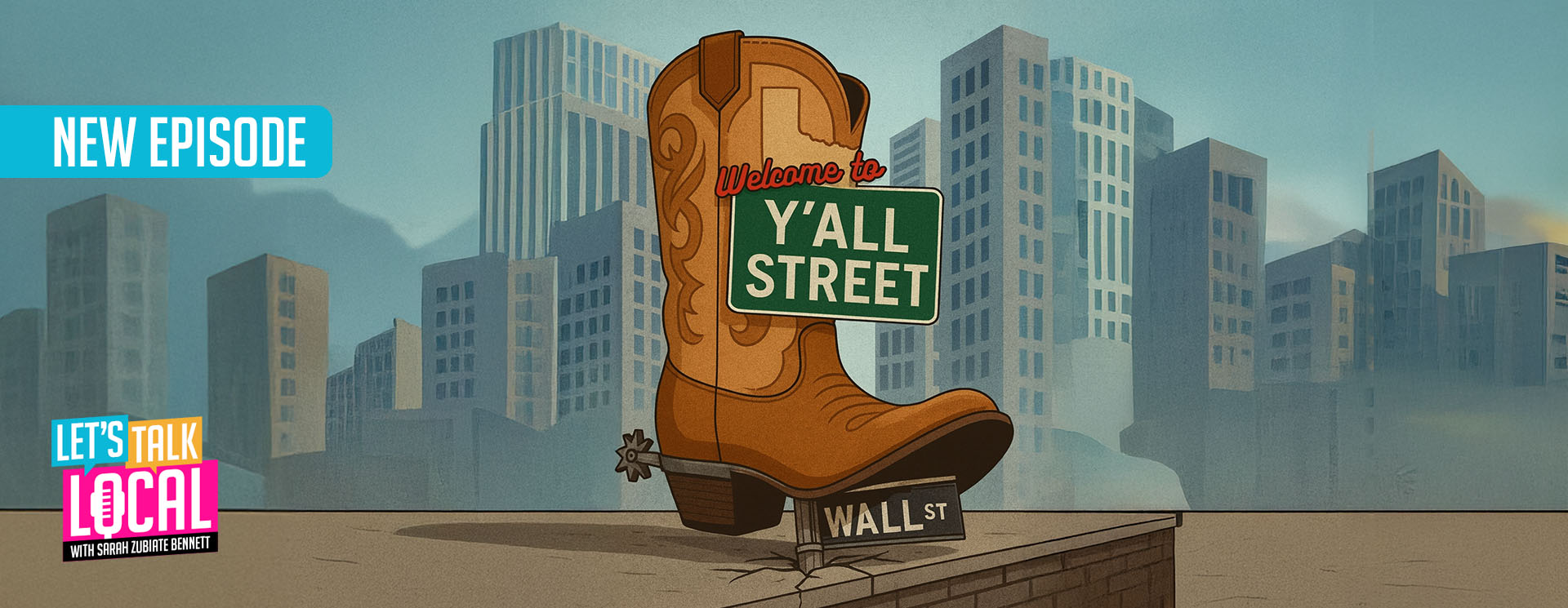Smoke and haze from wildfires in Canada are shifting southward, enveloping some parts of the northeastern United States and prompting officials to issue air quality advisories for citizens in the affected areas.
The National Weather Service (NWS) in New York released satellite images of the smoke plumes moving across New York and Pennsylvania on Wednesday. Weather officials warned the smoky conditions would result in decreased air quality and reductions in visibility.
The NWS also posted a time-lapse video of the New York skyline as the sky transitioned from a hazy gray to completely orange within four hours.
Check out this almost unbelievable time-lapse of wildfire smoke consuming the World Trade Center and the New York City skyline.
Those vulnerable to poor air quality, including seniors and young children, should limit time outdoors if possible.
More: https://t.co/ChRuWv7X6E pic.twitter.com/mtKtLun8lN
— NWS New York NY (@NWSNewYorkNY) June 7, 2023
Twitter users posted similar footage showing people walking through the Manhattan streets against a hazy orange sky.
It’s 2:04 PM in the middle of the day in Manhattan, New York #wildfires #smoke pic.twitter.com/7rrxqGswl1
— royalsoul (@RoyalSoul369) June 7, 2023
New York Gov. Kathy Hochul spoke at a press briefing on Wednesday, describing the worsening air quality situation in New York as a “health and environmental crisis.” Hochul noted that 50 is considered the highest safe level on the air quality index, but in some areas, such as Brooklyn, the index had risen as high as 415.
“Our message right now is going to be reiterated multiple times because it is simply, stay indoors. Outdoors is dangerous in just about every part of our state, not just vulnerable communities, but literally everyone,” Hochul said at the briefing.
“We normally are accustomed to talking about children, babies, people with compromised immune systems, senior citizens, but this is something that’s having an effect on everyone,” she continued.
Exposure to air pollution, such as particulate matter from wildfires, can irritate the eyes, throat, and sinuses and may cause fatigue, chest pains, asthma attacks, difficulty breathing, and headaches, according to the NWS.
Hochul urged residents to wear N95 masks similar to those used during the COVID-19 pandemic if it is not possible to stay indoors.
The wildfires, which began in early April in British Columbia and Alberta, are among the country’s worst on record, according to Canadian Prime Minister Justin Trudeau. Wildfires are currently burning in nearly all of Canada’s 10 provinces and territories.
The fires have displaced over 30,000 people, disrupted oil and fossil fuel production, and burned over 8 million acres — 13 times the 10-year average, as ABC reported.
On Monday, the Canadian government updated the outlook for the wildfire season.
“Current June projections indicate the potential for continued higher-than-normal fire activity across most of the country throughout the 2023 wildland fire season due to ongoing drought and long-range forecasts for warm temperatures,” the news release stated.
“For June, warm and dry conditions will increase wildfire risk in most of Canada from British Columbia and Yukon eastward into western Quebec and the Atlantic region.”
Officials expect that activity will continue into the Yukon but recede from western Quebec and into central Ontario during the month of July.
How long the poor air quality conditions will continue to affect the northeastern U.S. depends on a number of variables, as the NWS noted in a tweet on Wednesday afternoon:
“As long as the wildfires in Canada remain large, uncontained, and active, they will likely continue to generate smoke. So, in the next week or two, at the very least, a lot will be determined by the wind direction and where that causes the smoke to spread.”
President Joe Biden met with Trudeau on Wednesday to offer support for the ongoing efforts to fight the wildfires. He directed his team to “deploy all available Federal firefighting assets that can rapidly assist in suppressing fires impacting Canadian and American communities,” according to a White House press release.
The U.S. has already sent more than 600 firefighters and support personnel to assist with the fire response.
In the meantime, the NWS has recommended a number of ways citizens can protect themselves from wildfire smoke, including using air purifiers, staying hydrated, and avoiding outside activity.


